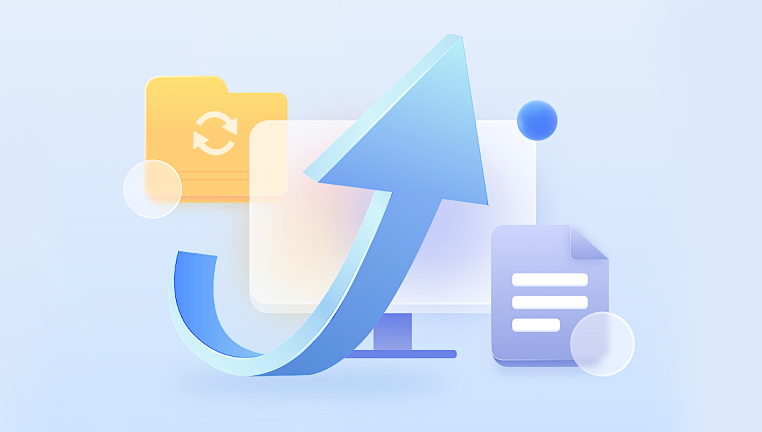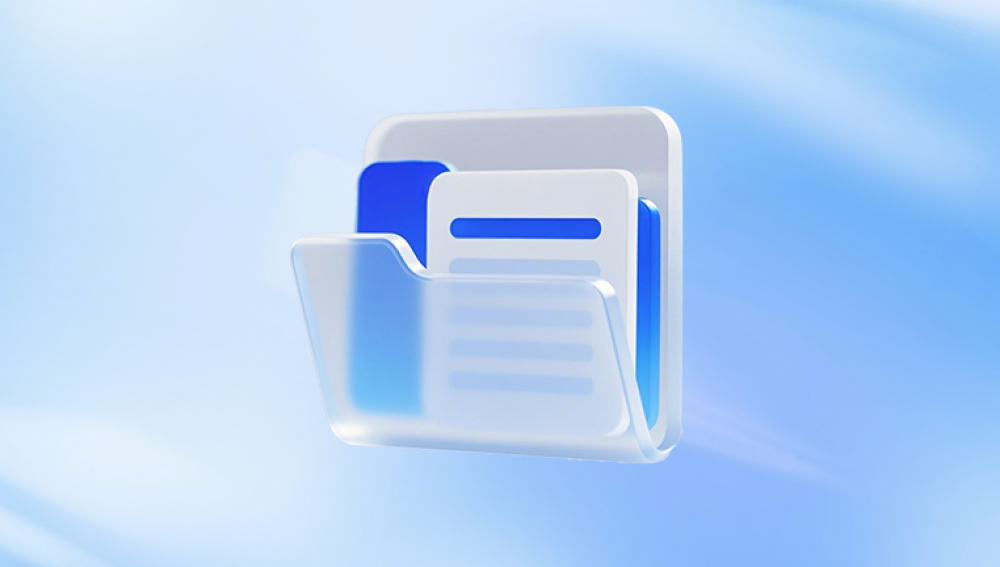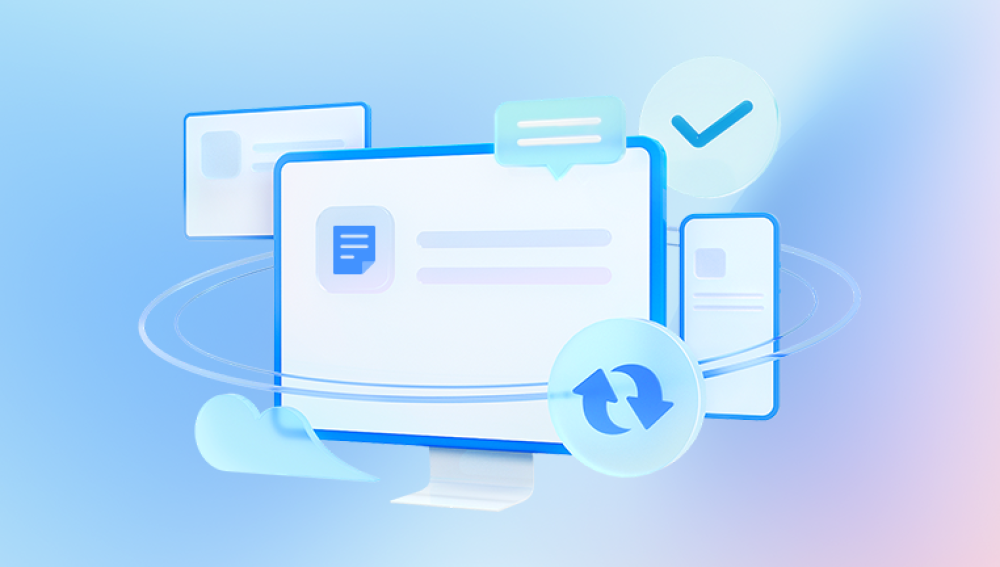Recovering lost data on an Android phone can be a stressful experience, but with the right tools and techniques, it's often possible to retrieve your valuable files. Whether you've accidentally deleted files, experienced a system crash, or encountered a malfunctioning app, this guide will walk you through various methods to recover lost data on your Android device.
1. Understanding the Types of Data Loss
Before diving into the recovery process, it's essential to understand the different types of data loss that can occur on Android devices:
Accidental Deletion: Files such as photos, videos, contacts, or messages are mistakenly deleted by the user.
Factory Reset: Performing a factory reset erases all data on the device, often leading to unintended data loss.
System Crash: Operating system failures or crashes can lead to loss of data.
Physical Damage: Damage to the phone can render it unusable, making data recovery more complex.
Malware or Virus Attack: Malicious software can corrupt or delete files on the device.

2. Initial Steps to Take
If you suspect data loss on your Android device, take the following precautions to maximize the chances of successful recovery:
a. Stop Using the Device
When data is deleted, it's not immediately removed from your phone's storage. Instead, the space it occupies is marked as available for new data. If you continue to use your device, you risk overwriting the lost data, making recovery more difficult or impossible.
b. Disable Wi-Fi and Mobile Data
Disabling network connections prevents the automatic download of new data, which could overwrite the lost files.
c. Check Backups
Before proceeding with recovery tools, check if your data is backed up to a cloud service like Google Drive, Google Photos, or any third-party backup app. If your data is backed up, restoring it from the backup is the simplest solution.
3. Methods to Recover Lost Data
a. Using Google Drive Backup
If you have enabled Google Drive backups, you can easily restore your data:
Restore Contacts: Go to Settings > Google > Restore contacts and select the account with the backup.
Restore Photos and Videos: Open the Google Photos app, and you should see your backed-up photos and videos. You can download them back to your device.
Restore Files: If you've backed up files using Google Drive, open the Drive app, locate the files, and download them.
b. Using Android Data Recovery Software
When backups are not available, Android data recovery software is often the best option. Here’s a step-by-step guide to using one:
Step 1: Choose a Reliable Data Recovery Software
There are several trusted Android data recovery tools available, such as:
Dr.Fone - Data Recovery (Android)
Tenorshare UltData for Android
iMobie PhoneRescue for Android
FonePaw Android Data Recovery
Choose a tool that suits your needs and is compatible with your device.
Step 2: Install and Launch the Software
Download and install the software on your computer. Most recovery tools are available for both Windows and macOS.
Step 3: Enable USB Debugging on Your Phone
To allow the recovery software to access your phone's data, you'll need to enable USB debugging:
Go to Settings > About phone.
Tap Build number seven times to enable Developer Options.
Go back to Settings > Developer options.
Enable USB debugging.
Step 4: Connect Your Android Phone to the Computer
Using a USB cable, connect your phone to the computer. The software should detect your device automatically.
Step 5: Select the Types of Data to Recover
The recovery tool will offer options to recover different types of data, such as photos, videos, contacts, messages, and more. Select the categories you want to recover.
Step 6: Scan Your Device
Initiate the scanning process. The software will analyze your phone's storage to find recoverable data. This may take some time, depending on the storage capacity and the amount of data on your device.
Step 7: Preview and Recover Data
Once the scan is complete, the software will display a list of recoverable files. Preview the files and select the ones you want to recover. Click Recover to save them to your computer.
c. Recovering Data from SD Card
If your Android device uses an SD card, and you suspect the lost data was stored on it, you can recover files using an SD card recovery tool:
Remove the SD Card: Safely eject the SD card from your phone.
Insert the SD Card into a Card Reader: Connect the card reader to your computer.
Use SD Card Recovery Software: Software like Recuva, EaseUS Data Recovery, or DiskDigger can help recover data from SD cards. Follow the same process as described for Android data recovery tools.
d. Using Google Account Sync
Google Account Sync is a feature that synchronizes data like contacts, calendars, and app data across devices logged in with the same Google account. To recover data through Google Sync:
Go to Settings > Accounts and backup > Accounts.
Select your Google account and tap on Account sync.
Toggle on the options for the data types you want to recover, such as Contacts, Calendar, or Google Fit data.
Once synced, this data will reappear on your device.
e. Restoring WhatsApp Messages
If you've lost WhatsApp messages, you can restore them from a backup:
Uninstall and Reinstall WhatsApp: After reinstalling, open the app and verify your phone number.
Restore from Backup: WhatsApp will prompt you to restore your chat history from Google Drive or a local backup. Choose the backup and restore your messages.
f. Using Professional Data Recovery Services
In cases of severe data loss, such as physical damage to the device, professional data recovery services may be necessary. These services are often costly but can be highly effective. Consider this option if the data is irreplaceable and other methods have failed.
4. Preventing Future Data Loss
To avoid data loss in the future, implement these preventive measures:
a. Regular Backups
Google Drive: Enable automatic backups in Settings > Google > Backup.
Google Photos: Use Google Photos for automatic backup of images and videos.
Third-party Backup Apps: Consider using apps like Titanium Backup, Super Backup & Restore, or Helium for more comprehensive backups.
b. Use Cloud Storage
Store important files in cloud storage services like Google Drive, Dropbox, or OneDrive. This ensures that your data is accessible even if your device is lost or damaged.
c. Install Antivirus Software
Protect your phone from malware and viruses by installing a reputable antivirus app. Regularly scan your device to prevent malicious attacks that could lead to data loss.
d. Be Cautious with Apps and Permissions
Only download apps from trusted sources, and carefully review the permissions they request. Malicious apps can compromise your data and lead to unexpected losses.
e. Enable Find My Device
Google's Find My Device feature can help you locate, lock, or erase your phone if it's lost or stolen. Enabling this feature adds an extra layer of protection for your data.
5. Conclusion
Recovering lost data on an Android phone is a multifaceted process that can vary in complexity depending on the cause of the data loss and the specific circumstances. By following the methods outlined in this guide, you can maximize your chances of successfully retrieving your lost data. Remember to take preventive measures, such as regular backups and cautious use of apps, to protect your data from future loss. While recovery software is often effective, professional services are available for more severe cases, ensuring that even in the most challenging situations, your valuable data can be restored.




